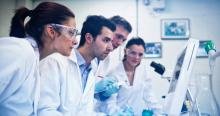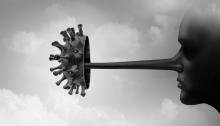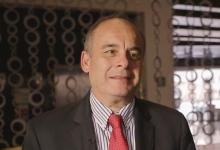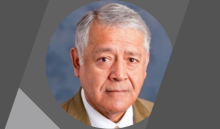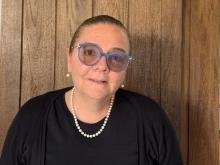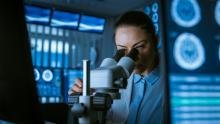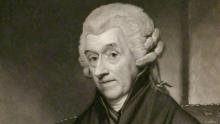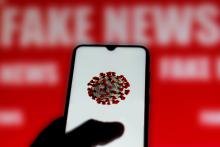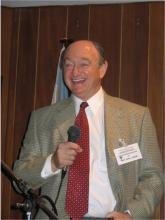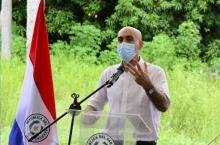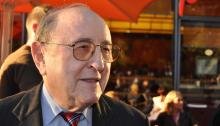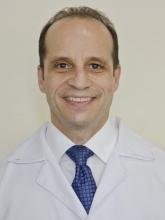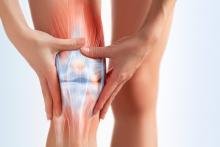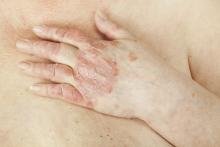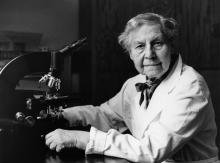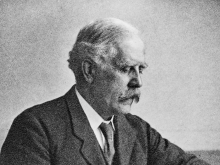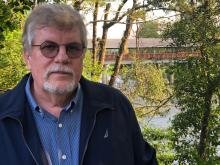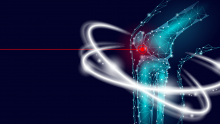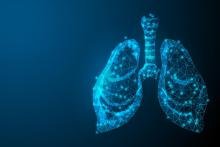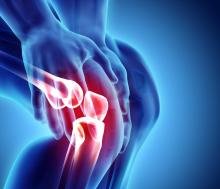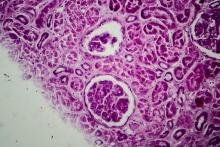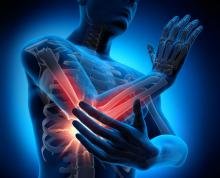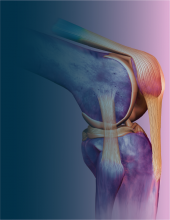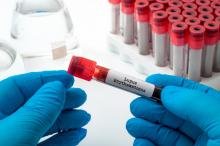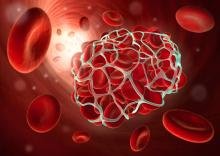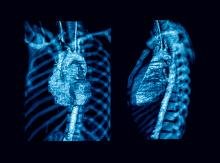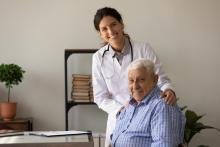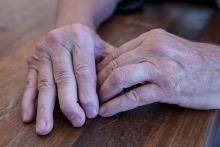E- ISSN: 2709-5533
Vol 3 / Jul - Dic [2022]
globalrheumpanlar.org
Articles and special reports
Archibald Edward Garrod, combining clinical practice with research
DOI: https://doi.org/10.46856/grp.26.et142
Cite as : Iglesias Gamarra A. Archibald Edward Garrod, combining clinical practice with research [Internet]. Global Rheumatology. Vol 3 / Jul - Dic [2022]. Available from: https://doi.org/10.46856/grp.26.e142
Received date:21/10/2021
Accepted date:16/11/2022
Published date: 23/11/2022
Authors:
Antonio Iglesias Gamarra: Profesor Titular Universidad Nacional de Colombia Correo: Iglesias.antonio1@gmail.com
Estefanía Fajardo: Periodista científica Correo: estefaniafajardod@gmail.com ORCID: 0000-0003-2957-8271
Carlo V Caballero-Uribe: Profesor Asociado Universidad del Norte. Barranquilla Colombia Correo: carvica@gmail.com ORCID: 0000-0002-9845-8620
Editor's note: The note on Archibald Edward Garrod is the final entry of the initial series of History of Rheumatology with characters spanning the 17th century (Sydenham), 18th century (Heberden), 19th century (Osler and Garrod Sr.) and early 20th century (Garrod Jr.), constituting the legacy for Western rheumatology of what some have called the “proto-rheumatologists” or forerunners of the specialty.
-----------------------------------------------------------------------------------------------------------------------------------------------------------------------------------
The following quote helps us understand the legacy of this outstanding person:
“... scientific method is not the same as scientific spirit. The scientific spirit is not satisfied with applying what is already known, but is a restless spirit, ever advancing into the regions of the unknown, ... it acts as a brake as well as a stimulus, sifting the value of evidence, and rejecting what is worthless, restraining eager flights of imagination and hasty conclusions.”
— Archibald Garrod, “The Scientific Spirit in Medicine: Inaugural Sessional Address to the Abernethian Society”, St. Bartholomew's Hospital Journal, 20, 19 (1912)
Sir Archibald Edward Garrod (Photo) was born on November 25, 1857, in Marlborough (London). His father was the renowned Alfred Baring Garrod (1), and his mother was Elizabeth Ann Colchester. His biographies state that his father initially intended Archibald to study business, but his teachers saw more to him and encouraged him to enter the field of science and medicine, so his destination was Oxford University, where he became a physician. (2)
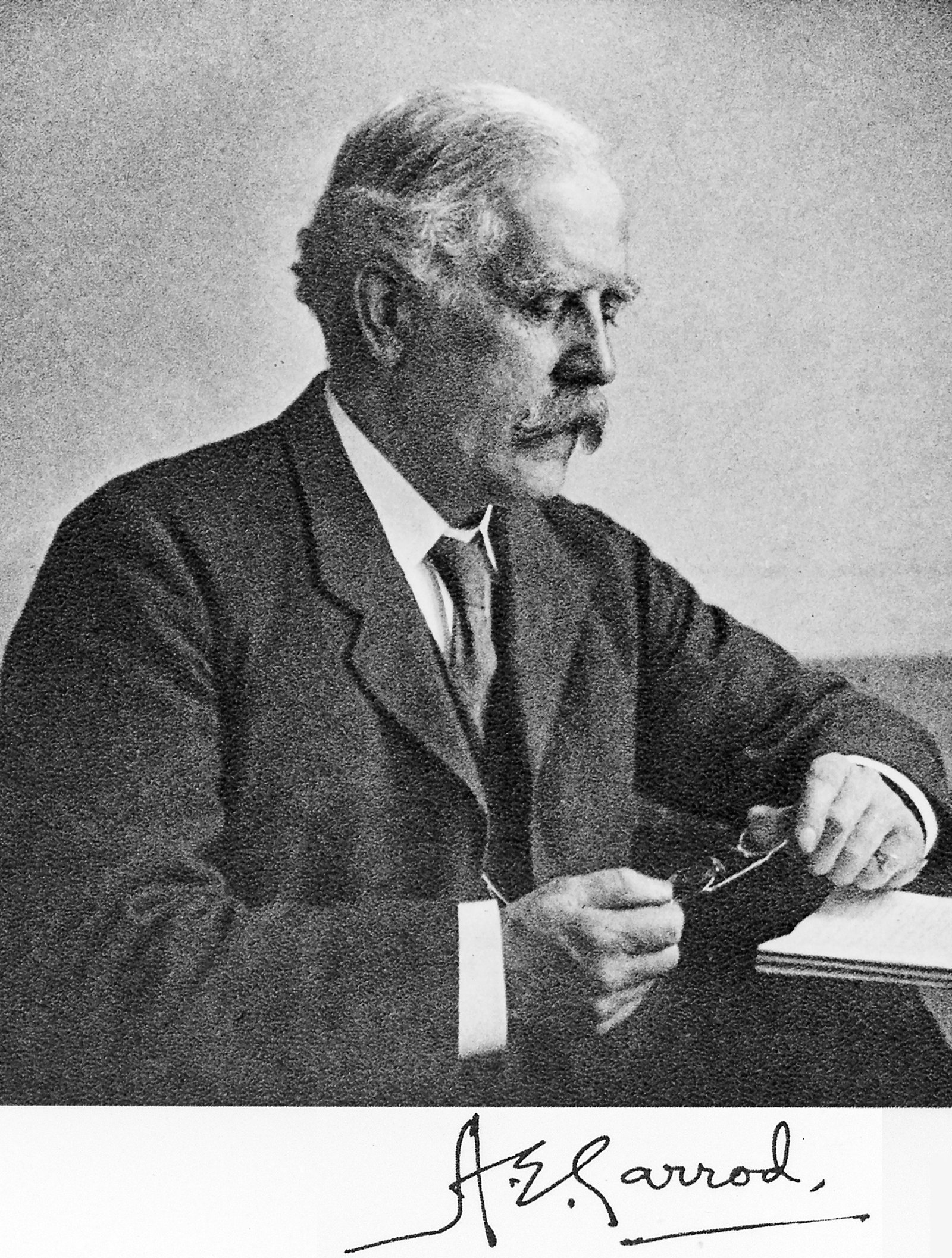
Foto: Archibald Edward Garrod from: "Archibald Edward Garrod", Obituary notices of Fellows of the Royal Society, 1936-1938, volume 2, pages 225-228; facing page 225 https://wellcomeimages.org/indexplus/image/M0018311.html
What is the beginning of your legacy?
I traveled to Christ Church (Oxford) where I received my first classes in natural sciences in 1880. My studies and training in medicine were at St. Bartholomew's Hospital, where I obtained the Brackenburg Medical Scholarship in 1884, graduating that year with the M.R.C.S. and M.B. degree at Oxford.
I completed my training in Vienna, at the Allgemeines Krankenhaus, where I met and learned to use the newly invented laryngoscope, an instrument on which I wrote a book regarding its use in 1886 called Use of the laryngoscope. (2).
I had to wait for a vacancy at St. Bartholomew's Hospital, but gained extensive experience as an honorary physician for several years in hospitals of the time such as the West London Hospital, Alexandra Hospital for Children with Hip Disease, and the Great Ormond Street Hospital for Sick Children (3). In 1891 I was then elected a Fellow of the Royal College of Physicians and eventually received an appointment as an assistant at St. Bartholomew's Hospital in 1903 to work with Dr. Herbert Morley Fletcher until 1910. I was subsequently appointed Full Physician in February 1912 upon the retirement of Sir Norman Moore.
I am known for being a great observer in clinical practice and for making clinical records like Osler, neat and detailed; like my father, we were interested in joint diseases; in fact, my father was able to differentiate rheumatoid arthritis from gout.
And how does rheumatology enter into your findings?
I have always been a great observer in clinical practice and clinical records, publishing more than 26 communications, papers and conferences dealing with rheumatism, rheumatoid arthritis, and related diseases. I was able to combine clinical practice with research. (3).
The first description of rheumatoid arthritis is attributed to Landre Beauvais, who in his thesis presented in Paris in 1800 described 9 women with the disease that he considered a variant of gout and called it Goutte asthenique primitive, then Jean Martin Charcot (1825-1895), another of the great clinical observers of these times, had failed to differentiate gout, rheumatoid arthritis, rheumatic fever and osteoarthritis and thought they were the same; However, he was the first to report that it was more frequent in women.
As I said, my father was able to describe very well the term Rheumatoid Arthritis to differentiate this pathology from other known pathologies, so I was encouraged to work to preserve and contribute to his legacy. (1)
Tell me more about arthritis…
I argued that rheumatoid arthritis was essentially a disease of the joints and should be clearly distinguished from rheumatism, which, at that time, I considered a single, specific disease that could manifest itself as rheumatic fever, rheumatic heart disease or chorea. I described that cases of rheumatoid arthritis present very uniform clinical pictures: they resemble each other in the way the joint lesions appear and in their distribution, in their persistence and in the propensity to remissions and relapses, and also in the deformities they leave behind. (4)
In relation to the treatment of rheumatoid arthritis, I commented that it was very important to distinguish between the active stage, which can persist for many months or years, and the subsequent stage in which we see permanent damage: contracture of the muscles, fixation of the joints and the strange deformities that cause the typical after-effects of this disease.(4) (Figures 1 and 2).

Figura 1 Medical heritage library : This image is taken from Page 83 of A treatise on rheumatism and rheumatoid arthritis Available in https://www.flickr.com/photos/mhlimages/33223640238
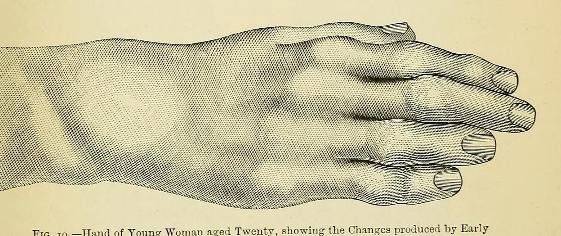
Figura 2 Medical heritage libray: This image is taken from Page 251 of A treatise on rheumatism and rheumatoid arthritis Avalaible in https://www.flickr.com/photos/mhlimages/32156980507
Where did you publish this?
My publications appeared in St Bartholomew’s Hospital Report and in the Medico Chirurgical Transactions, where I wrote on chorea, rheumatism, and especially rheumatoid arthritis.
What came next?
I devoted myself to the study of children's diseases and was the physician at Great Ormond Hospital for many years. As a result of this experience I worked at St Bartholomew's and joined F.E Batten and Hugh Thursfield to edit in 1913 a large book on children's diseases in which several authors participated. In this book I contributed with two papers, Disease as it affects children and Disease of the Ductless Glands and of Metabolism. In addition, I contributed to the Royal College of Physicians of London.
Why is your work considered seminal?
The answer to this question requires subject context. Let’s start with the term rheumatism, which belongs to the humoral theory about the origin of the disease and is written for the first time in the fragment of the Hippocratic work about the locations in the human body (5th century B.C.). Literally, it means to flow, and Galen was the one in charge of introducing the term rheumatism.
The term arthritis appeared in the 5th century. That’s the reason my work is considered important, because it aimed to distinguish the word rheumatism as a generic concept, from rheumatoid arthritis, as a joint condition and specific of a morbid disease, with chronic alterations (joint damage and deformities).
It was not until 1922 that the English Department of Health officially adopted the term rheumatoid arthritis for this condition, while the Americans accepted it only until 1941(5). This was the beginning of a better understanding of this concept and of the disease that later, in the second half of the 20th century, would become the main rheumatic disease.
But there is more to your legacy...
In 1900, in the Bradshaw Lecture, I spoke of what was described as Urinary payments in their pathological aspects, and in 1908 in the Croonian Lectures of the Royal College of Physicians, I used the term inborn errors of metabolism. A year later, these lectures were published in a text with the same title (6). Let’s have a look again at the context: One of the great researchers in the field of vitamins was the British Frederick Gowland Hopkins, and he also devoted himself to the study of nutrition and the biochemistry of some amino acids such as tryptophan and glutathione. He received the Nobel Prize in Medicine and had a great influence on me for the study of pigments at a chemical level.
It was by the end of the 19th century when physicians observed a great advance in chemistry, especially with new techniques such as spectroscopy, and the first decade of the 20th century saw the study of urine coloration in patients with alkaptonuria. (6)
We could say that my work represents a convergence of clinical medicine and medicinal chemistry with the new genetics science that developed so quickly after 1900.
How would you rate your work?
It is well known that in England during the 1890s, the assumptions of both medicinal chemistry and clinical medicine were undergoing subtle but profound changes under the influence of Charles Darwin’s theory of natural selection, which was especially persuasive to Hopkins and myself.
This paragraph perhaps summarizes my legacy and what it represented for medicine:
"With all his predilection for experimental science, Garrod remained, first and foremost, a clinician with a deep sense of the dignity and importance of that calling. In speaking, as he used to do, of the help which medicine receives from science, he was always careful to emphasize the view that this is but a repayment of the debt which science owes to medicine".
Incidentally, I wrote in 1924 about this debt in The debt of Science to Medicine in which I pointed out numerous contributions of clinical observation to the growth of medical science.
In a previous answer you mentioned Osler, what was your connection to him?
In 1920 I replaced Sir William Osler (8) as Regius Professor of Medicine at Oxford University. At Oxford I worked to develop clinical research and emphasized that, in disease, the clinician sees unique phenomena, nature’s experiments, which only he or she can study. That is why the clinician needed his own laboratories at hand for the scientific study of the problems encountered in patient care.
REFERENCES
- Iglesias A. Alfred Baring Garrod and the beginnings of modern rheumatology. [Internet]. Global Rheumatology. Pan American League of Associations of Rheumatology (PANLAR) 2021. Available at: https://doi.org/10.46856/grp.26.e105
- Fresquet L Archibal Edward Garrod (1857-1936) [Internet]. Available at: https://www.historiadelamedicina.org/garrod.html
- Archibald Edward Garrod, 1857-1936 [Internet]. Vol. 2, Obituary Notices of Fellows of the Royal Society. The Royal Society; 1938. p. 224–8. Available at: https://doi.org/10.1098/rsbm.1938.0002
- Garrod A. Discussion on 'the etiology and treatment of osteoarthritis and rheumatoid arthritis.' Proc R Soc Med 1923; XVII: 1-1
- Sir Archibald Edward Garrod | British physician | Britannica [Internet]. Available at: https://www.britannica.com/biography/Archibald-Edward-Garrod
- Garrod AE. The incidence of alkaptonuria: a study in chemical individuality. 1902. Mol Med. 1996 May;2(3):274-82. PMID: 8784780; PMCID: PMC2230159.
- Archibald Garrod. En Wikipedia https://en.wikipedia.org/wiki/Archibald_Garrod
- Iglesias, A., Fajardo, E., & Caballero Uribe, C. (2021, March 10). William Osler, the father of modern medicine. Global Rheumatology. Available at http://doi.org/10.46856/grp.26.e069
Photos and figures
Foto : Archibald Edward Garrod from: "Archibald Edward Garrod", Obituary notices of Fellows of the Royal Society, 1936-1938, volume 2, pages 225-228; facing page 225 https://wellcomeimages.org/indexplus/image/M0018311.html
Figura 1 Medical heritage library : This image is taken from Page 83 of A treatise on rheumatism and rheumatoid arthritisAvailable in https://www.flickr.com/photos/mhlimages/33223640238
Figura 2
Medical heritage libray: This image is taken from Page 251 of A treatise on rheumatism and rheumatoid arthritisAvalaible in https://www.flickr.com/photos/mhlimages/32156980507







